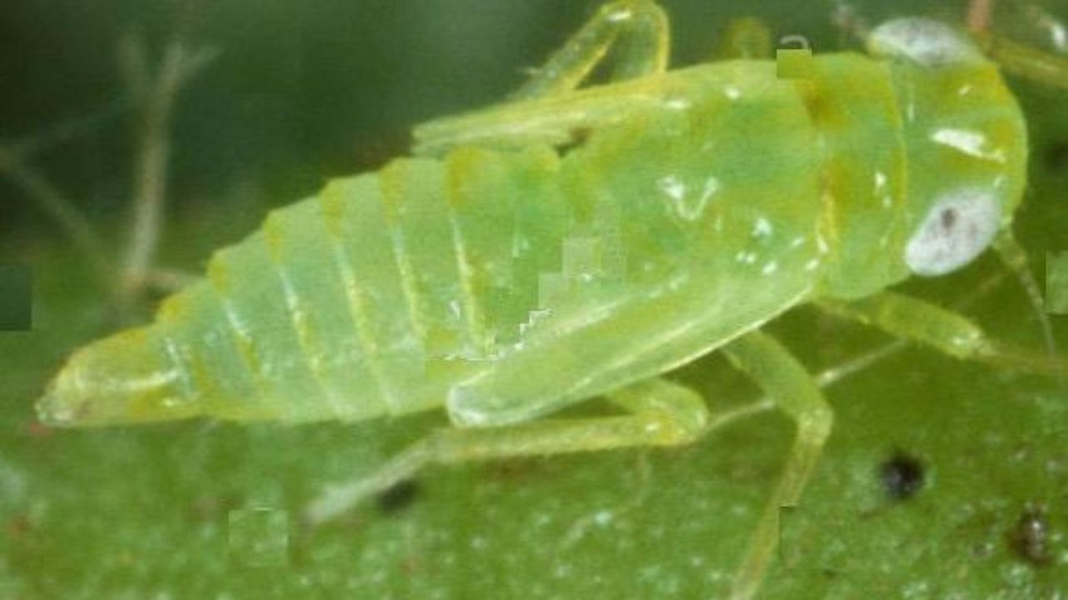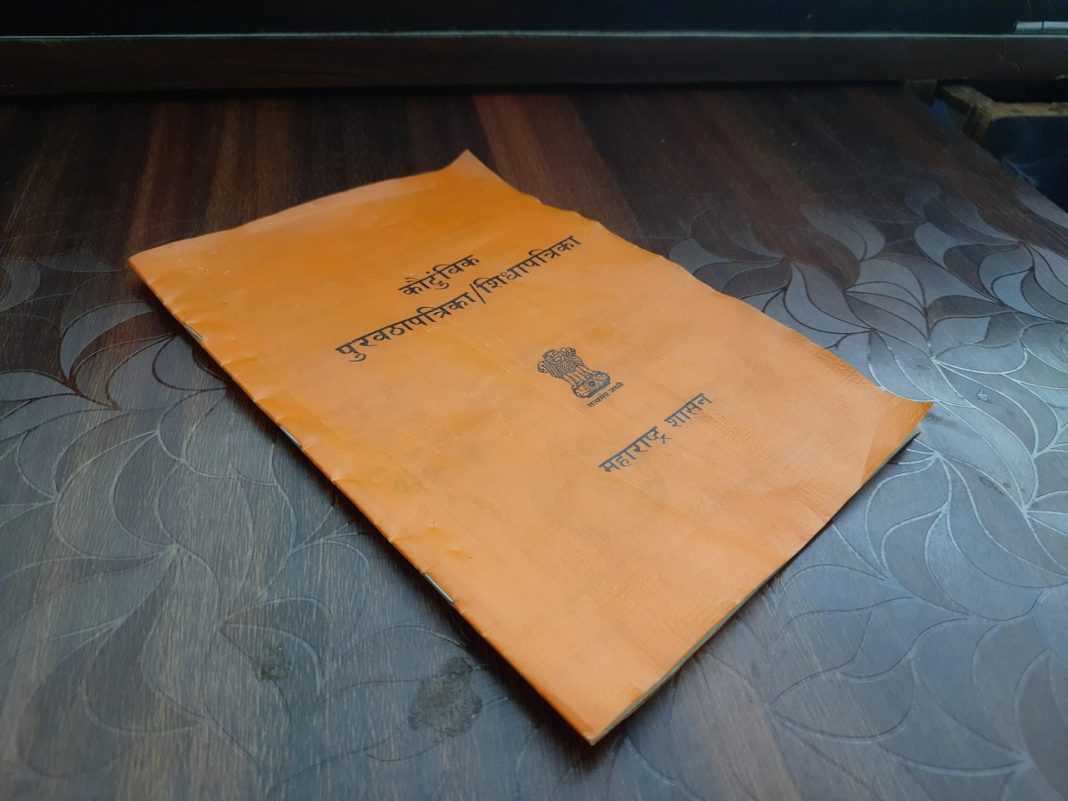
Guwahati, April 4: A growing infestation of greenflies has emerged as a major threat to tea plantations in Assam and West Bengal, severely affecting crop health and causing significant yield losses. Industry experts are sounding the alarm over the escalating crisis, warning that greenflies are now active year-round and causing yield declines of 11% to 55% in some regions.
“This pest primarily targets young green leaves,” said Joydeep Phukan, Secretary of the Tea Research Association (TRA). “It causes distinct symptoms like leaf curling, browning at the edges, and surface distortion—commonly known as rim blight.” The damage is especially severe during the second flush period (May–July), which accounts for over 30% of annual revenue for tea gardens due to the high quality and global demand of that harvest.

What was once a seasonal pest active in the monsoon months is now showing perennial activity, driven by climatic shifts such as increased temperatures and lower rainfall. These changes have accelerated the greenfly’s reproductive cycle and extended its breeding season, turning it into a constant menace.
Tea plantations have been using approved pesticides like Quinalphos 35EC, Thiamethoxam 25WG, Deltamethrin 2.8EC, and Thiacloprid 21.7%, as listed under the Plant Protection Code (PPC). However, the pests have shown increased resistance, rendering these treatments largely ineffective.
The latest version of the PPC (Version 16.0, February 2024) lists nine chemicals specifically for greenfly control. But these too have failed to contain the outbreak, putting planters in a tight spot with limited tools and rising losses.
Beyond direct damage, greenfly infestations are weakening tea bushes, making them vulnerable to secondary infections like Fusarium dieback, a fungal disease that has plagued plantations for several years in a row. This compounded stress threatens not only productivity but also the long-term viability of bushes.

There’s also concern about new, more aggressive strains of greenflies—possibly modified or invasive—especially in plantations near international borders. This has intensified calls for immediate research and intervention.
Scientists at the Tocklai Tea Research Institute, under TRA, are exploring new solutions. One promising compound, Chlofenapyr 10%SC, has shown effectiveness in preliminary studies. However, it currently lacks label approval from the Central Insecticides Board (CIB) for use in tea, delaying its rollout.
With the pest now threatening the backbone of the Northeast’s tea economy, planters are urgently calling for fast-tracked approvals, better surveillance, and more integrated pest management strategies, including biological control options.
Unless effective measures are taken swiftly, experts warn the greenfly outbreak could permanently alter the yield dynamics of one of India’s most iconic and economically vital crops.





